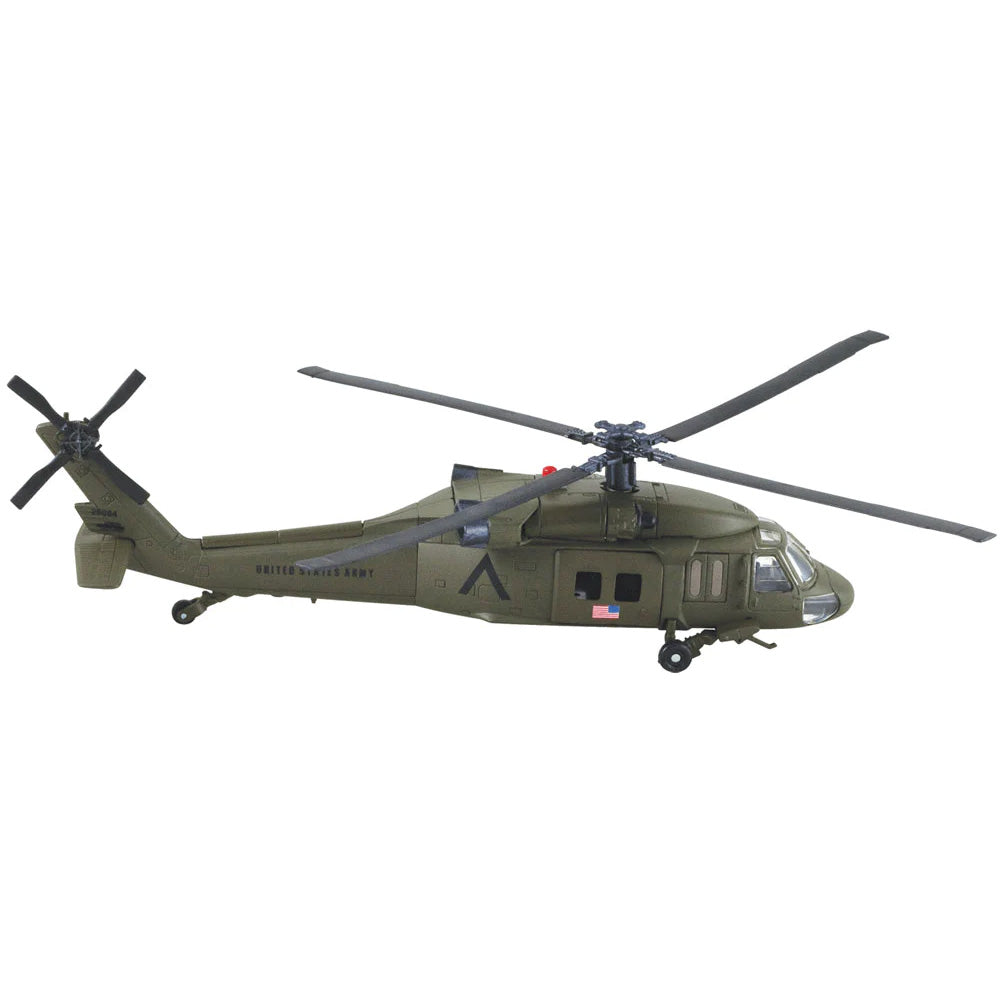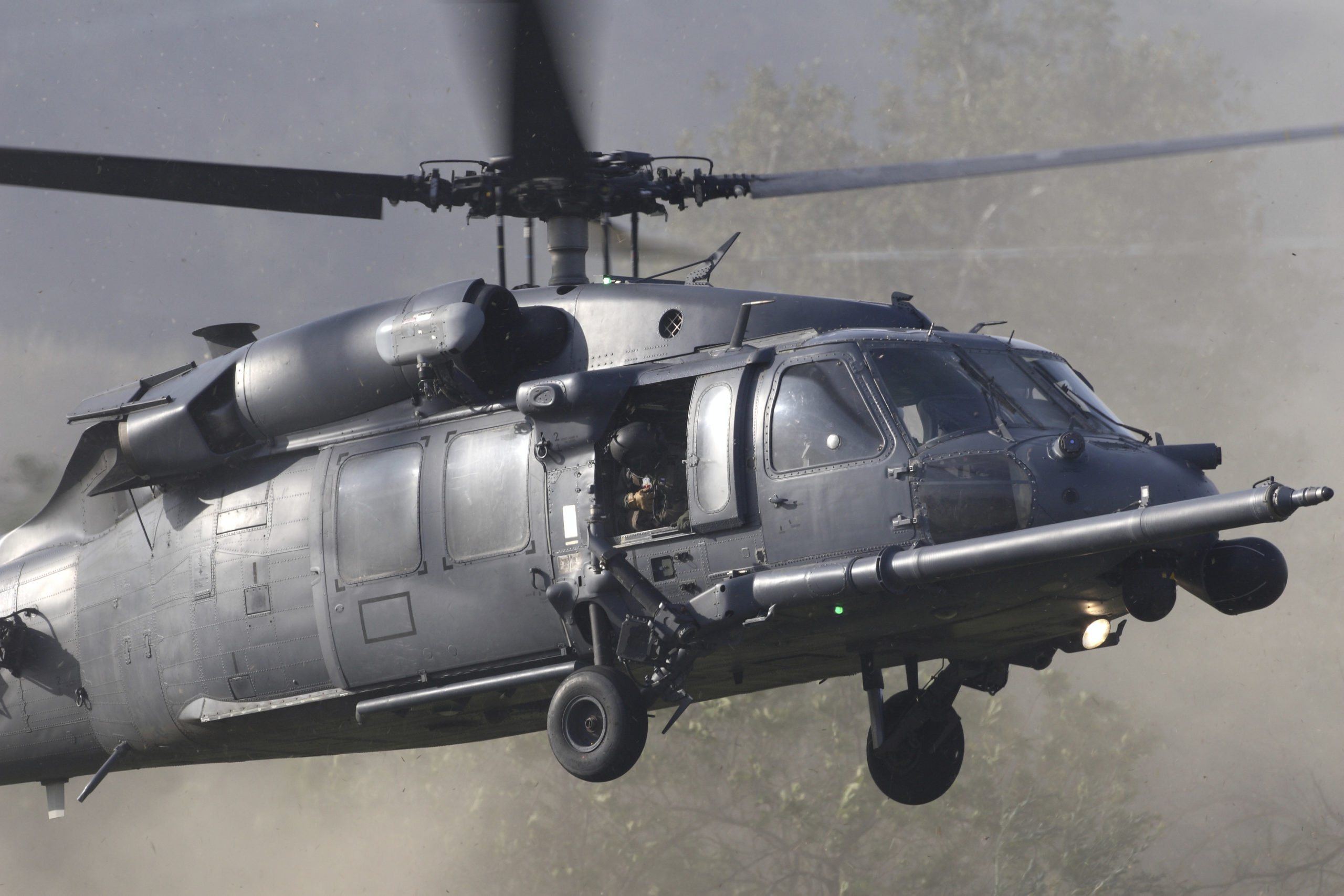Discovering the History and Development of the UH 60 Helicopter

Beginnings of the UH-60
The origins of the UH-60 helicopter can be mapped back to the late 1960s, a duration noted by the demand for a flexible energy airplane that can adjust to the advancing demands of modern warfare. The U.S. Army acknowledged the necessity for a replacement for the older UH-1 Iroquois, which was ending up being significantly poor for the intricacies of modern battle circumstances. In 1967, the Army launched the Energy Tactical Transport Aircraft System (UTTAS) program, which looked for to establish a multi-role helicopter with the ability of various missions, including army transportation, medical evacuation, and logistical assistance.
The layout competition drew in several aerospace manufacturers, but it was Sikorsky Aircraft Company that inevitably safeguarded the agreement in 1972. The UH-60 Black Hawk was introduced, showcasing cutting-edge layout components and progressed innovation that established it besides its predecessors. Its maiden flight happened in 1974, and the airplane was formally taken on by the Army in 1979. The UH-60 rapidly acquired recognition for its durable performance, reliability, and flexibility, leading the way for its substantial use in army operations and strengthening its condition as a keystone of U.S. Military air travel.
Key Design Functions
Cutting-edge layout attributes of the UH-60 Black Hawk significantly add to its operational efficiency. One of the most significant facets is its twin-engine setup, which enhances integrity and gives a higher power-to-weight ratio, making it possible for the helicopter to execute under numerous conditions. The aircraft's four-blade primary rotor system uses boosted lift and maneuverability, crucial for tactical objectives.

Furthermore, the cockpit is designed for optimum visibility and comfort designs, featuring sophisticated avionics that enhance pilot procedures. The modular design of the UH-60 permits simple maintenance and adaptability, making it appropriate for various goal accounts, from troop transport to medevac procedures. These vital layout features make sure that the UH-60 Black Hawk remains a reputable and flexible property in army aviation, efficient in satisfying the needs of contemporary war.
Technical Advancements
Current technological advancements in the UH-60 Black Hawk have dramatically boosted its operational capabilities and versatility. The assimilation of sophisticated avionics, such as digital trip control systems and boosted situational awareness screens, allows pilots to operate with raised precision and performance. These systems help with weblink improved navigating, interaction, and information sharing, enabling the helicopter to operate efficiently in diverse settings.
In addition, the introduction of composite products has reduced the total weight of the aircraft while maintaining structural honesty. This reduction boosts fuel performance and expands operational range. The unification of innovative rotor modern more technology, including making use of four-blade, fully articulated rotor systems, has enhanced lift efficiency and maneuverability, permitting for much better handling in numerous trip problems.

Moreover, improvements in propulsion systems, such as the T700-GE-701D engines, have raised power output and reliability - uh 60. These engines add to remarkable efficiency in high-altitude and hot-weather conditions
Finally, the assimilation of self-defense systems and enhanced sensing unit packages boosts the Black Hawk's survivability and objective efficiency. Collectively, these technological enhancements make certain that the UH-60 Black Hawk remains an important possession in modern aviation, qualified of adjusting to the evolving demands of army and humanitarian goals.
Duty in Armed Force Workflow
As the backbone of united state Military aeronautics, the UH-60 helicopter plays a crucial duty in different armed forces operations, working as a flexible platform for combat assistance, transport, and medevac missions - uh 60. Its layout includes the capability to operate in diverse atmospheres, making it necessary for troop motion and logistical assistance in both non-traditional and conventional warfare

In medical evacuation scenarios, the UH-60 has shown important, dramatically decreasing the moment to carry injured soldiers from the combat zone to medical centers. Its innovative avionics and evening vision capacities further guarantee mission success under challenging conditions. In general, the UH-60 helicopter stays an essential asset, continually adjusting to satisfy the progressing needs of military procedures and enhancing the efficiency of united state pressures worldwide.
Future of the UH-60
Looking ahead, the future of the UH-60 helicopter entails significant innovations in technology and capacities made to enhance its operational performance. As military operations progress, the UH-60 is expected to incorporate advanced modern technologies, including improved avionics, improved weapons systems, and advanced interaction devices. These enhancements will enable higher situational awareness and goal flexibility, ensuring that the UH-60 remains an important property on the battlefield.
One notable advancement is the combination of fly-by-wire systems, which will improve trip control accuracy and minimize pilot workload. Initiatives to upgrade the airframe and engines intend to increase range, payload, and speed capability, therefore expanding a fantastic read the helicopter's operational range.
The future likewise holds promise for boosted interoperability with unmanned aerial systems (UAS), enabling collaborated missions that leverage both manned and unmanned abilities. In addition, the consolidation of synthetic intelligence and equipment knowing might enhance trip characteristics and upkeep processes, resulting in reduced operational prices.
Final Thought
The UH-60 Black Hawk helicopter represents a substantial success in military aeronautics, progressing from the U.S. Army's initial needs for a functional energy airplane. Its ingenious style functions and continual technological innovations have actually guaranteed its relevance in numerous armed forces procedures over the decades. As the needs of contemporary warfare change, the future of the UH-60 will likely entail additional improvements and adaptations, strengthening its status as a crucial asset for militaries worldwide.
The UH-60 Black Hawk helicopter represents a considerable milestone in military aeronautics, arising from the U.S. Army's mission for a much more flexible and trustworthy energy aircraft in the late 20th century.The origins of the UH-60 helicopter can be mapped back to the late 1960s, a period noted by the requirement for a versatile energy airplane that could adjust to the developing demands of contemporary war. In general, the UH-60 helicopter stays an important asset, constantly adapting to satisfy the progressing needs of military operations and improving the effectiveness of United state forces worldwide.
Looking ahead, the future of the UH-60 helicopter includes significant improvements in modern technology and capacities designed to improve its operational effectiveness.The UH-60 Black Hawk helicopter represents a significant achievement in armed forces air travel, advancing from the U.S. Military's first demands for a flexible energy airplane.